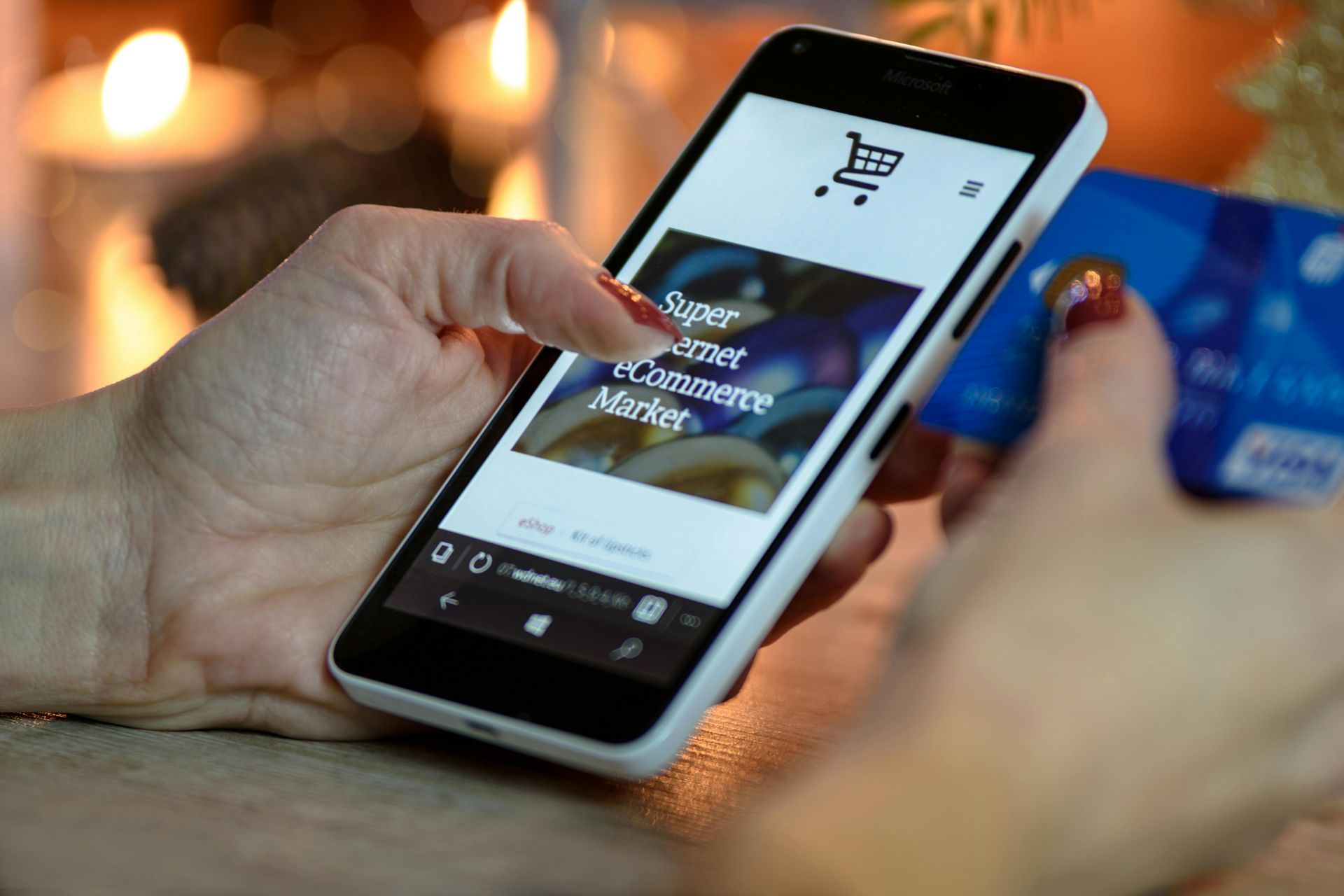When it comes to website design, creating a user-friendly experience is paramount.

Not only does it keep visitors engaged and encourage them to explore further, but it also plays a crucial role in search engine optimization (SEO). To help you achieve a user-friendly website, here are some best practices and tips that can enhance both user experience and SEO.
- Intuitive Navigation: Implement a clear and intuitive navigation menu that allows visitors to easily find what they are looking for. Organize your content into logical categories and use descriptive labels for menu items. This not only helps users navigate your site but also makes it easier for search engines to understand and index your pages.
- Responsive Design: With mobile usage on the rise, having a responsive website design is essential. Responsive design ensures that your website adapts seamlessly to different screen sizes and devices, providing an optimal user experience. Mobile-friendly websites also receive a ranking boost in search engine results.
- Page Speed Optimization: Website speed plays a crucial role in user experience and SEO. Optimize your website's performance by minimizing file sizes, enabling browser caching, and leveraging content delivery networks (CDNs). A faster website not only improves user satisfaction but also positively impacts search engine rankings.
- Clear Call-to-Action (CTA): Every page of your website should have a clear and compelling call-to-action. Whether it's to sign up for a newsletter, request a quote, or make a purchase, a prominent CTA guides visitors towards the desired action. Optimizing your CTAs with relevant keywords can also boost your SEO efforts.
- Engaging and Relevant Content: Create high-quality, informative, and engaging content that aligns with your target audience's interests. Use headings, subheadings, and bullet points to break up the text, making it easier to read and scan. Incorporate relevant keywords naturally throughout your content to improve search engine visibility.
In conclusion, implementing these website design best practices will not only enhance the user experience but also improve your website's SEO performance. At Digital Inspired, we specialize in creating user-friendly websites that deliver exceptional results. Contact us today to transform your website into a powerful tool for attracting and engaging your target audience.
Remember, a user-friendly website design not only delights visitors but also sends positive signals to search engines, ultimately driving more traffic and conversions for your business.





















